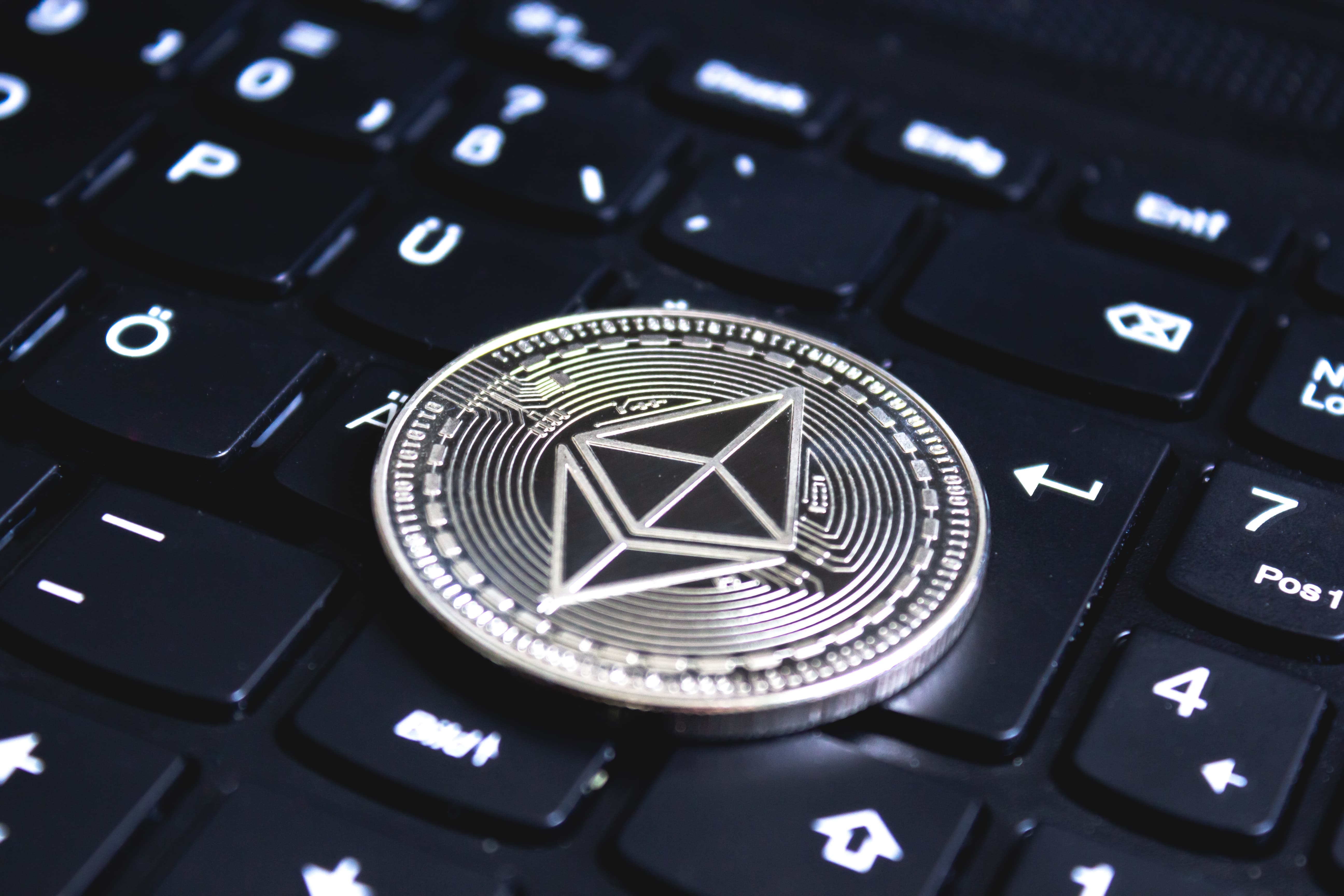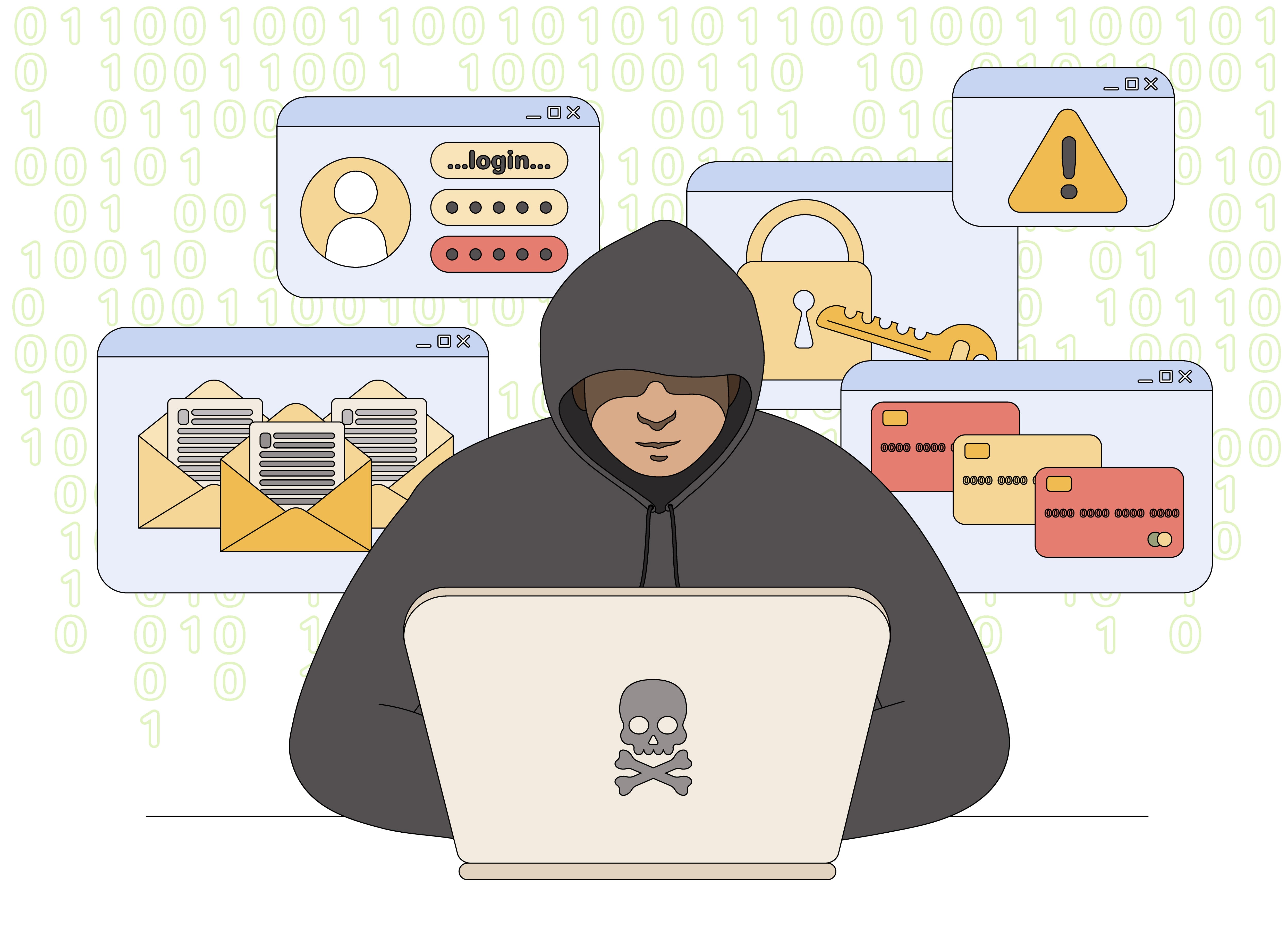Stablecoins have become central to the digital economy, with billions in daily transactions and stronger regulatory backing under the GENIUS Act. Yet experts warn that advances in quantum computing could undermine their very foundations.
Elliptic curve and RSA cryptography, widely used in stablecoin systems, are expected to be breakable once ‘Q-Day’ arrives. Quantum-equipped attackers could instantly derive private keys from public addresses, exposing entire networks to theft.
The immutability of blockchains makes upgrading cryptographic schemes especially challenging. Dormant wallets and legacy addresses may prove vulnerable, putting billions of dollars at risk if issuers fail to take action promptly.
Researchers highlight lattice-based and hash-based algorithms as viable ‘quantum-safe’ alternatives. Stablecoins built with crypto-agility, enabling seamless upgrades, will better adapt to new standards and avoid disruptive forks.
Regulators are also moving. NIST is finalising post-quantum cryptographic standards, and new rules will likely be established before 2030. Stablecoins that embed resilience today may set the global benchmark for digital trust in the quantum age.
Would you like to learn more about AI, tech, and digital diplomacy? If so, ask our Diplo chatbot!










